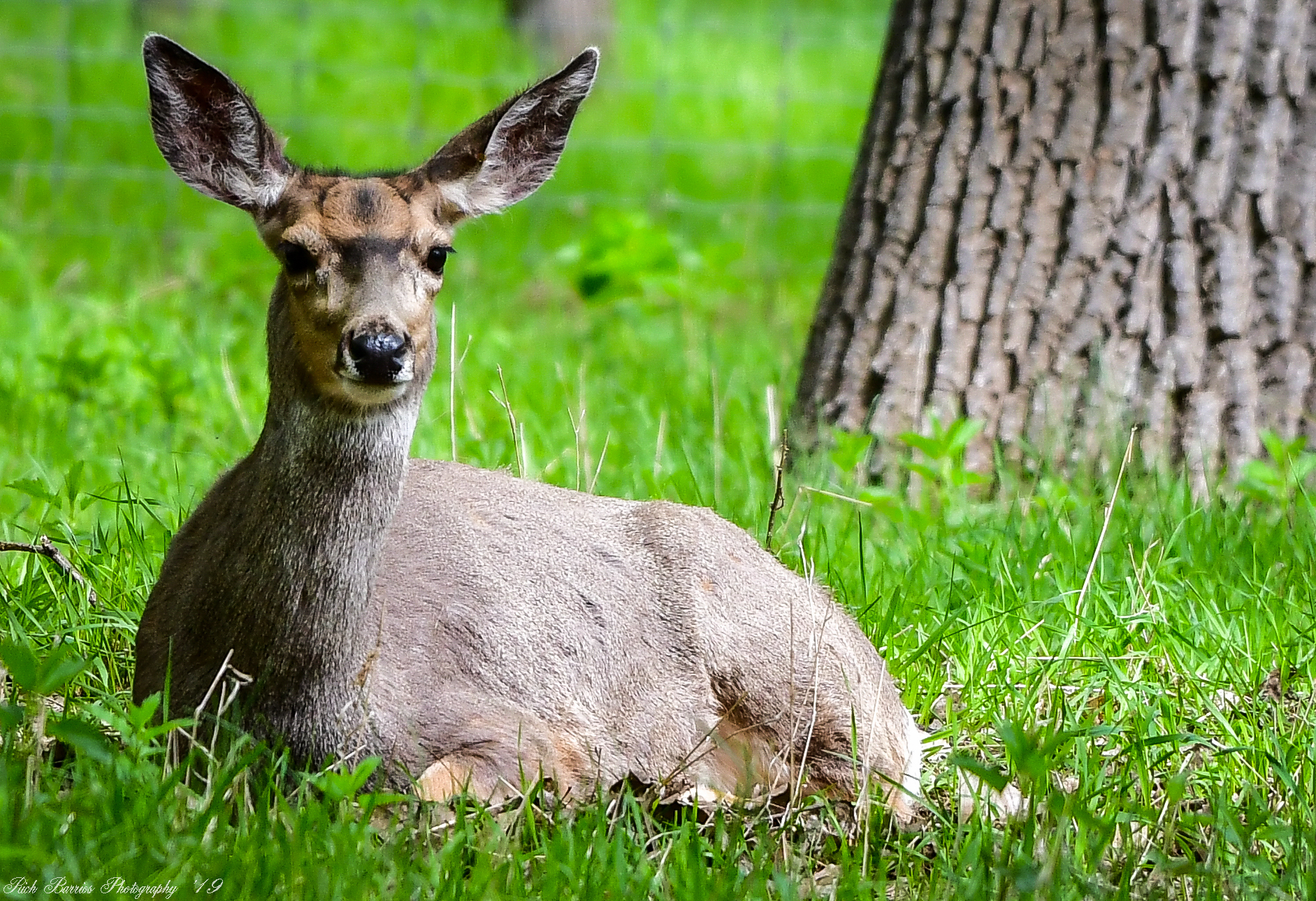* Threatened or Endangered

Mule Deer *
: Odocoileus hemionus
: Mammal
: Western ½ of North America, generally west of the Missouri River
: Plants, various berries, evergreen tree needles, sage, acorns and other browse
: Weight up to 100 - 400 lbs., length up to 80 inches
: Least Concern
• Mule deer are common in most of its range due to management by wildlife agencies, however some subspecies are rare.
• Named for the large mule-like ears, the mule deer differs from the white-tailed deer in other ways as well. The tip of the tail is black and the antlers of the male fork rather than growing from a main beam like white-tailed bucks’ do.
• Mule Deer are generally larger than white-tailed deer. In mountainous areas, these animals will move up and down the mountains seasonally to avoid heavy snow.
Respect native wildlife by remembering that…it’s wild! When enjoying native land where wildlife lives, always be aware, be safe, and leave no trace. Never approach, taunt, or feed wildlife. Interacting with them can be dangerous to you and to them. Instead, enjoy their beauty and their ecosystem without disturbing them. To learn more, follow these links:
gf.nd.gov/wildlife/orphaned
www.nationalparks.org/connect/blog/tips-safely-visiting-national-parks
